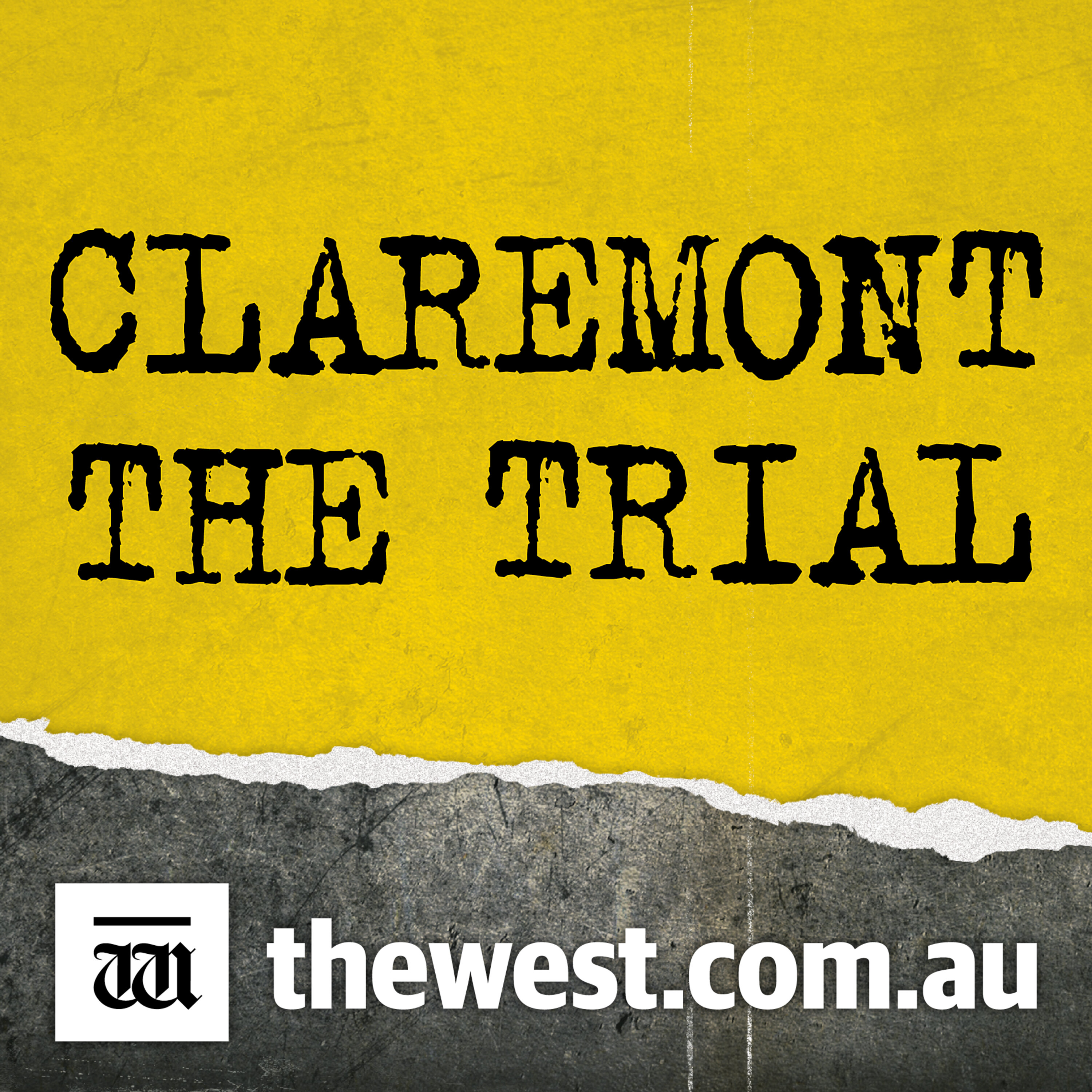The Last Thing Jane and Ciara Could Have Ever Seen
Description
Could the inside of the Holden Commodore VS series be the last thing Jane Rimmer and Ciara Glennon ever saw before they were killed?
It was revealed CSI took three days to dismantle and examine the Holden Commodore that Bradley Edwards drove in 1996 and 1997.
Hundreds of exhibits were taken from the car - ChemCentre looking for fibres, PathWest looking for biological material, police looking for investigative clues, polilight exams, swabs, mats, seat covers and door panels taken away. Anything that could be examined, was.
Even though the car was assigned to Bradley Edwards in April 1996, the witness today - CSI officer Acting Senior Sergeant Steven Mark told the court they still looked for any signs of Sarah Spiers, who disappeared on January 26, 1996.
Nothing from Sarah Spiers or DNA was found, but fibres were - and that’s what this car brings to the case.
The prosecution say the seat fibres were found on Jane Rimmer and Ciara Glennon.
So, what is the importance of this car and fibres to this case? Criminal defence lawyer Damien Cripps says in other criminal trials, fibres are used in evidence to make sure every stone is turned in the investigation. Fibres may not be the most important exhibits in the trial, but they are physical links between Bradley Edwards and the two women.
More than 90 photos of the car were shown to the court, and have been released to the public. As Tim Clarke explains in this episode, the last photo is probably the most interesting because it shows a piece of the puzzle that can’t be seen with the naked eye.
Those photos can be seen on thewest.com.au.
Join Natalie Bonjolo, Tim Clarke and Damien Cripps as they discuss day 66 of the Claremont Serial Killings trial.
If you have any questions for the podcast team, or any of their guests, send them in to [email protected].
More Episodes
After 20 years of hiding in plain sight, sadistic killer and brutal rapist Bradley Edwards will likely never leave jail and die without his freedom, after he was sentenced to life in prison with a minimum non-parole period of 40 years.
If he makes it that long, he will be 88, taking into...
Published 12/23/20
Published 12/23/20
Join the Claremont in Conversation team in this special live event at the University of Western Australia.
Hear stories never told in court, anecdotes from sitting days and opinions from the journalists who covered the mammoth seven-month trial.
You'll also hear some details from Tim Clarke's...
Published 12/01/20


